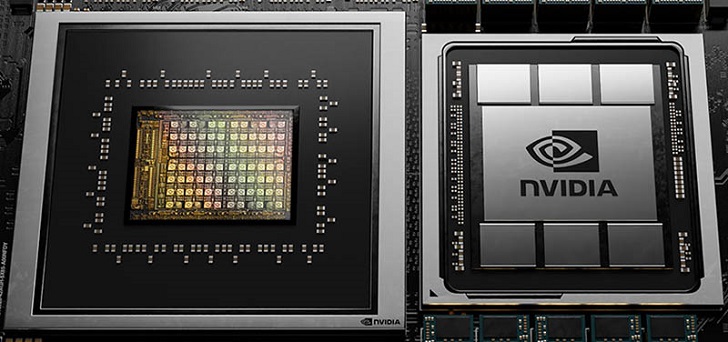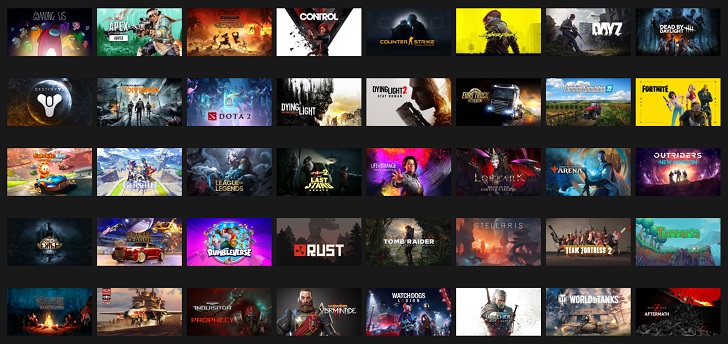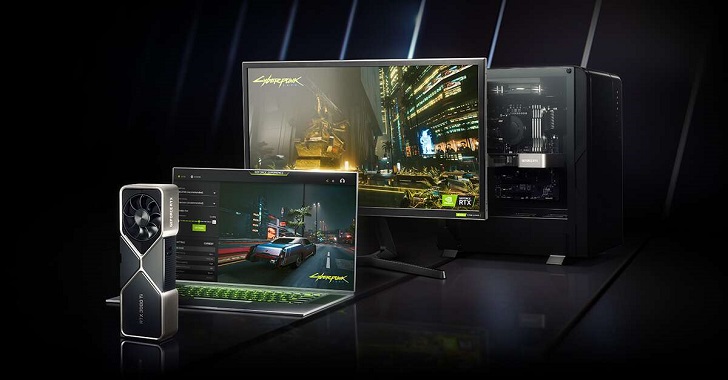Nvidia, the renowned graphics processing unit (GPU) manufacturer, has long dominated gaming and artificial intelligence (AI) industries. However, in recent years, the company has made significant strides toward joining Silicon Valley’s most exclusive club: the trillion-dollar market cap club.
With its relentless innovation and expansion into new markets, Nvidia is inching closer to achieving this prestigious milestone.
The Rise of Nvidia
Nvidia’s journey to becoming one of the world’s most valuable companies started in 1993 when Jensen Huang, Chris Malachowsky, and Curtis Priem founded it. Initially focused on producing GPUs for gaming, Nvidia quickly gained recognition for its high-performance graphics technology. As demand for powerful graphics processing grew, so did Nvidia’s presence in the gaming industry.

Nvidia/ Blog Post | The GPU, invented by Nvidia, in 1999, revolutionized parallel computing and fueled the expansion of the PC gaming business
Expanding Beyond Gaming
While gaming remains a significant part of Nvidia’s success, the company has strategically diversified its business beyond gaming. Recognizing the immense potential of AI, Nvidia began developing GPUs tailored for AI workloads. This move proved a game-changer as AI applications surged across various industries, including healthcare, finance, autonomous vehicles, and more.
Dominance in AI and Data Centers
Nvidia’s GPUs proved to be exceptionally well-suited for the demanding computational requirements of AI. The company’s graphics cards, coupled with its CUDA parallel computing platform, became the go-to choice for researchers and developers in the AI field.
This dominance in AI quickly translated into the data center market, where Nvidia’s GPUs found widespread adoption for AI training and inferencing tasks.

GEFORCE/ SHUTTERSTOCK | NVIDIA GeForce GPUs deliver the highest FPS for competitive games
Acquisition and Strategic Partnerships
Nvidia embarked on a series of strategic acquisitions and partnerships to further bolster its AI capabilities. In 2019, the company acquired Mellanox, a leading provider of high-performance networking solutions. This acquisition strengthened Nvidia’s position in the data center market, enabling it to offer end-to-end solutions for AI and high-performance computing.
Additionally, Nvidia forged partnerships with major cloud service providers, including Amazon Web Services, Microsoft Azure, and Google Cloud. These partnerships allowed Nvidia to extend its reach and offer GPU-powered cloud services to businesses and developers, further solidifying its position in the AI market.
Autonomous Vehicles and Edge Computing
Recognizing the transformative potential of autonomous vehicles, Nvidia has made significant inroads into the automotive industry. The company’s powerful GPUs and AI technology have become integral components in autonomous vehicle systems, enabling advanced perception, decision-making, and control capabilities.
Moreover, Nvidia expanded its focus to edge computing, which involves processing data closer to its source, reducing latency, and enabling real-time decision-making. This move positioned Nvidia at the forefront of the burgeoning edge computing market, with applications ranging from smart cities to industrial automation.

GEFORCE/ SHUTTERSTOCK | NVIDIA has established strategic partnerships with major technology companies
Market Performance and Trillion-Dollar Aspirations
Nvidia’s expansion into new markets and relentless pursuit of innovation have translated into impressive financial performance. The company’s stock price has skyrocketed in recent years, with its market capitalization approaching the trillion-dollar mark. As of this writing, Nvidia is valued at over $700 billion, firmly establishing itself among the technology industry’s giants.
With its ongoing investments in AI, data centers, autonomous vehicles, and edge computing, Nvidia is well-positioned to continue its upward trajectory. The company’s cutting-edge technology and ability to identify emerging trends and seize market opportunities have fueled its growth and investor confidence.










